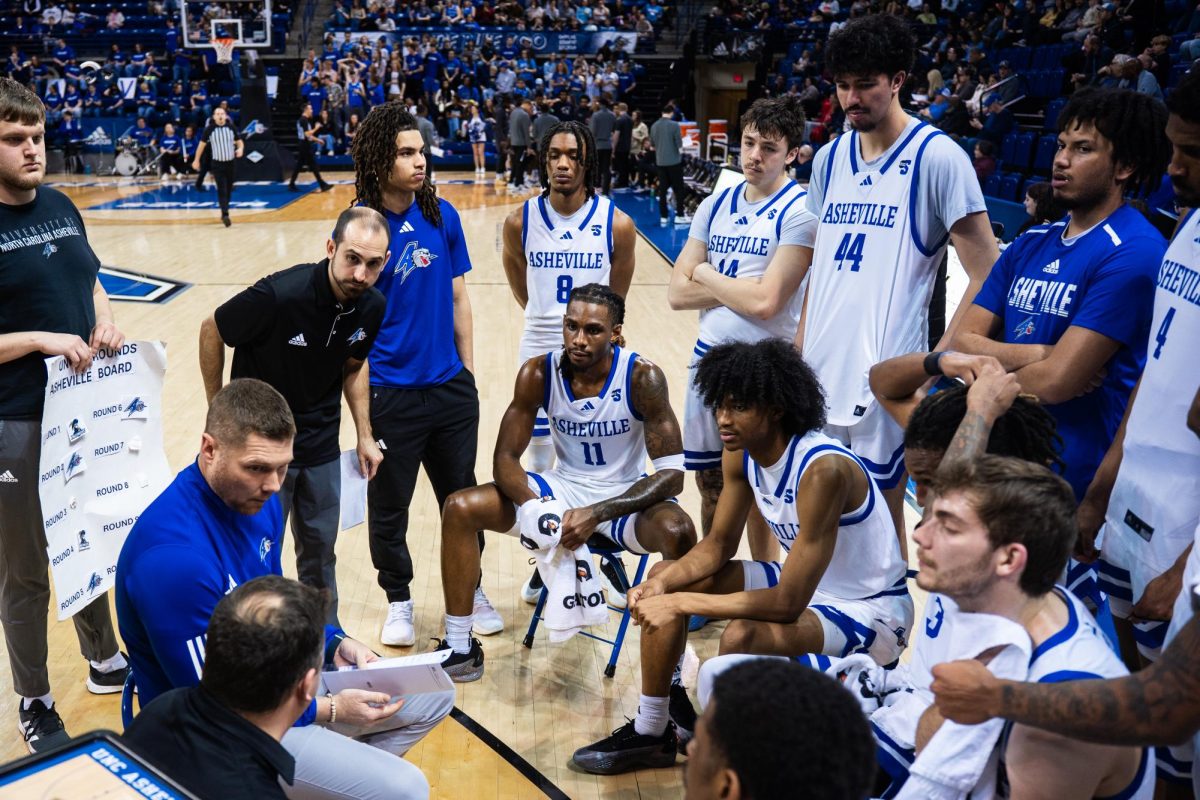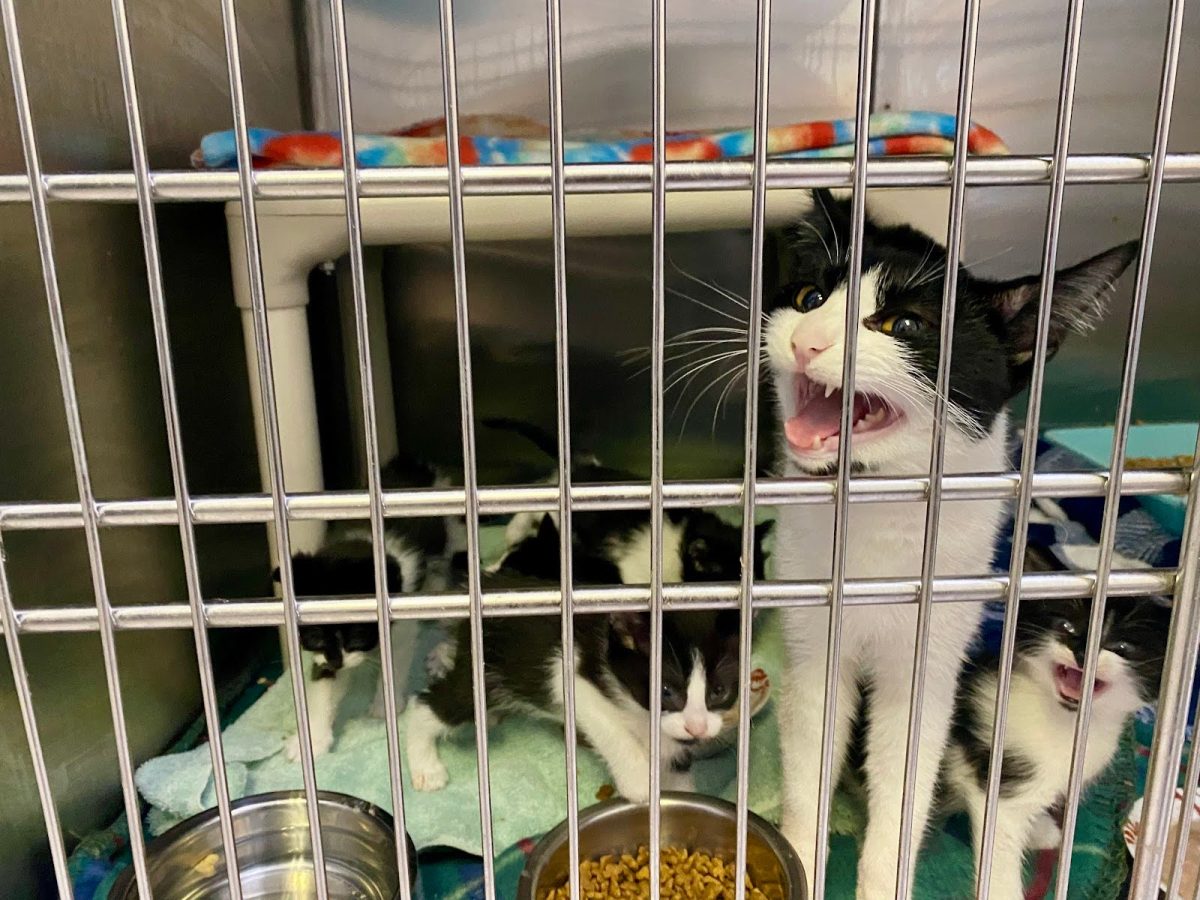by Max Miller – Staff Writer – [email protected]
Planned Parenthood attacked a recent series of subway advertisements by the city of New York for supposedly shaming struggling young mothers rather than fulfilling the goal of combatting teen pregnancy.
The pregnancy ads feature distraught children reminding their mothers they are now less likely to complete high school and they will be paying to support their child until he or she is at least 21, according to New York law.
Detractors claim the ads stigmatize teenage motherhood, and it is a hard argument to deny.
But since when is stigmatizing teen pregnancy considered a bad thing?
The ads are rooted in fact, and unflinchingly remind would-be mothers that having a child is a costly endeavor that will forever alter the course of their lives.
Considering the majority of teen pregnancies in America occur in poor, badly-educated households, it is paramount sexually-active teens understand having a child will only perpetuate the cycle of poverty by crippling them financially and hindering them gaining an education that could help them better themselves.
Critics say the ads are unnecessary, citing the 27 percent reduction in teen pregnancy rates in New York City in the past decade. Nationwide statistics, at first, appear equally promising.
The teen pregnancy rate dropped 34 percent between 1990 and 2008. However, when compared to other countries, it becomes clear how poorly the United States deals with the teenage motherhood department.
According to the United Nations, the teenage birth rate in America between 2005 and 2010 was 41.2 per every 1,000 women between the ages of 15 and 19. To put that in perspective, our birth rate is nearly triple that of Canada at 14.0 and narrowly lost to Cambodia at 41.8.
This rate is absurd for a highly industrialized nation like America. In looking at comparable nations with lower birth rates, the common argument is other nations better educate their population on safe sex practices and birth control. And while this is certainly true to some degree, there are other factors present that are muddying the water.
It has become almost cliché to pick on American popular culture for glamorizing teen pregnancy nowadays, but there is enough staggering evidence out there to make it a valid argument. MTV’s “16 and Pregnant” and “Teen Mom” became huge draws for the network because of their focus on the real-life struggles of teen mothers.
The show’s creators have responded to negative reactions to the premise by arguing the shows depict just how demanding being an underage mom can be.
But even when they demonstrate the educational and financial woes associated with teen motherhood, these programs inherently distort the reality of the situation.
The teen moms in question are turned into tabloid stars and the shows are edited to suggest an optimistic outcome for mother and child alike.
Therein lies the rub regarding these controversial ads. Critics do not want to be reminded that, in reality, many of these hard-working women ultimately fail when taking on such an imposing task. The ads may be emotionally manipulative, but they outline the harsh truths that many young girls do not even think of when they become sexually active.
So perhaps what the ads are really lacking is an even more brutal approach.
Actual teen mothers commented negatively on the campaign, claiming it made them feel like statistics rather than people.
Perhaps the ads should be more personal.
The ads should feature actual teen mothers explaining the circumstances that have beset them. It is possible to show that teen moms face intense difficulties without overly glamorizing the situation.
These mothers do not deserve disrespect, but they should use their circumstances to show others like them what consequences they could face. It would be like “Teen Mom” without the tabloids and the reunion shows.
If America wants to simultaneously put teenage mothers on a pedestal while reducing the nation’s teen pregnancy rate, it has no right to complain about these ads being too ugly.
If anything, they need to get uglier.
Categories:
NYC teen pregnancy ads ignore real problems for mothers
March 20, 2013
0
More to Discover


















G.R. • Mar 21, 2013 at 3:16 am
This article is so obviously written by a male that it’s painful. It’s incredibly insensitive to many young mothers and the struggles they face and combat everyday, many of which start by being shamed publicly. I noticed how in your article you stated, “The ads may be emotionally manipulative, but they outline the harsh truths that many young girls do not even think of when they become sexually active.” I’m sorry, but I thought it took TWO people to create a child? Furthermore, this ignorant statement lays all the blame with the mother and perpetuates the stereotype that men are more likely to leave their children. So perhaps men need an “uglier” ad to have them take this new responsibility more seriously as well.
Also you wrote, “many of these hard-working women ultimately fail when taking on such an imposing task,” I would prefer to see statistics that prove this, because as someone who works with many young mothers from all backgrounds, I do not find this to be true at all. Using Teen Mom and 16 and Pregnant is a crappy cop out in the teen pregnancy debate, and many of the teenage mothers I know remark on how “unrealistic” and “stupid” those shows are.
Teenage girls aren’t nearly as dumb and naive as you make them out to be in your article. “If America wants to simultaneously put teenage mothers on a pedestal while reducing the nation’s teen pregnancy rate…” I don’t think thats the goal at all. I think perhaps you completely missed the point. So we should only show the negative side of this issue? Not how sometimes a baby to a young mother helps develop a stronger and more responsible woman? Or highlight the many mothers who go back to school and didn’t let their lives end at 17?
Overall, this article probably could use a woman’s touch, and without any backing research it’s a poor argument at best.